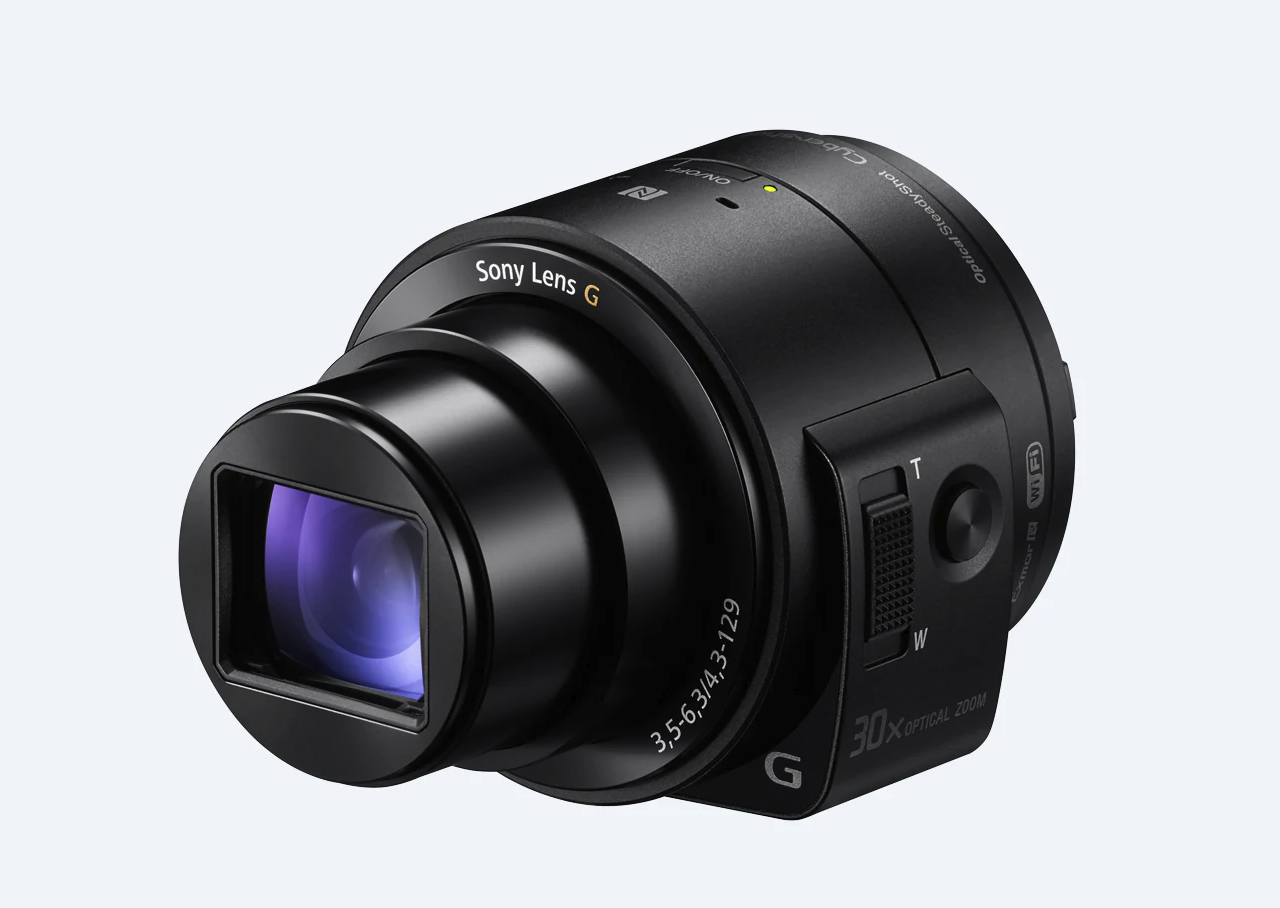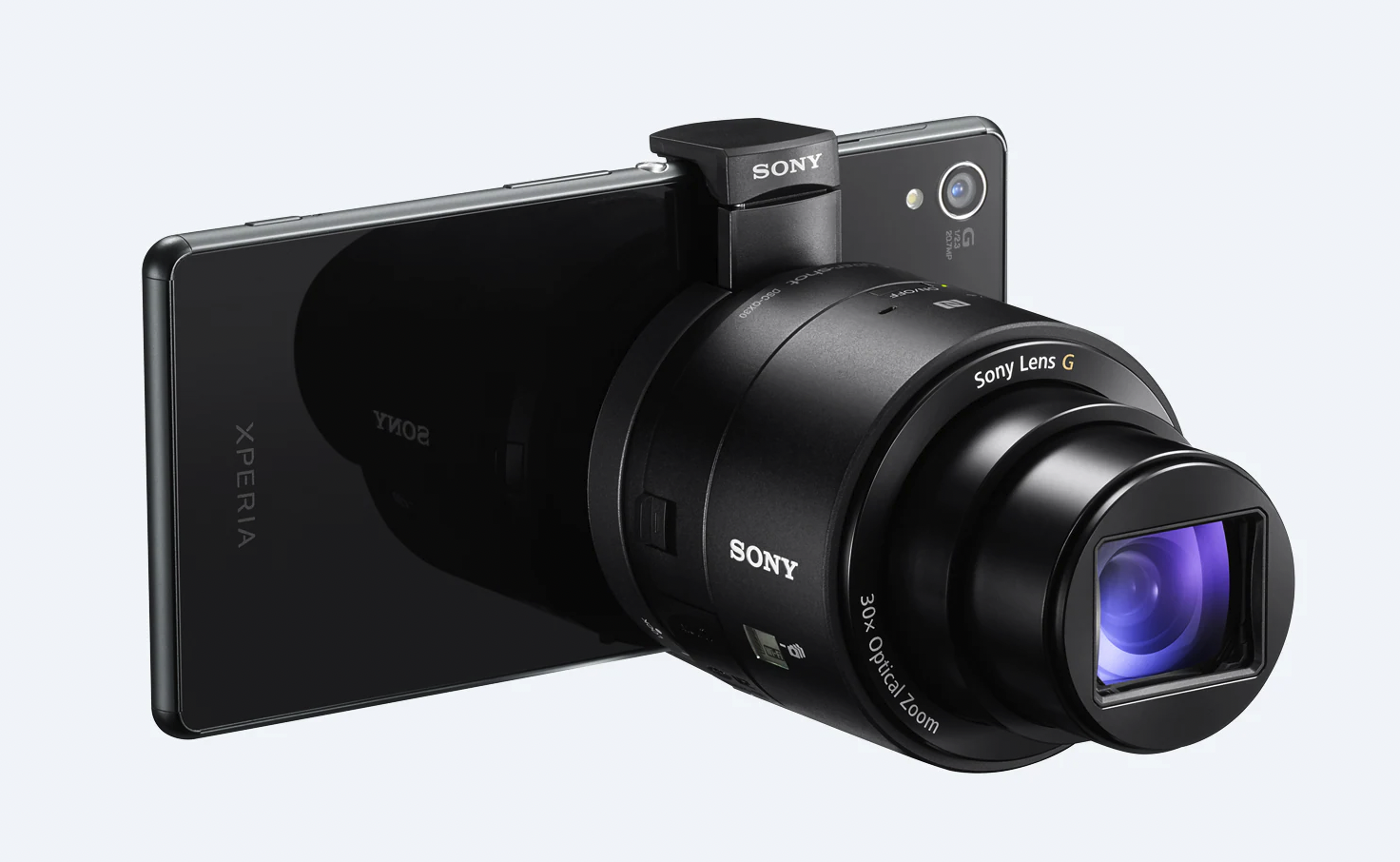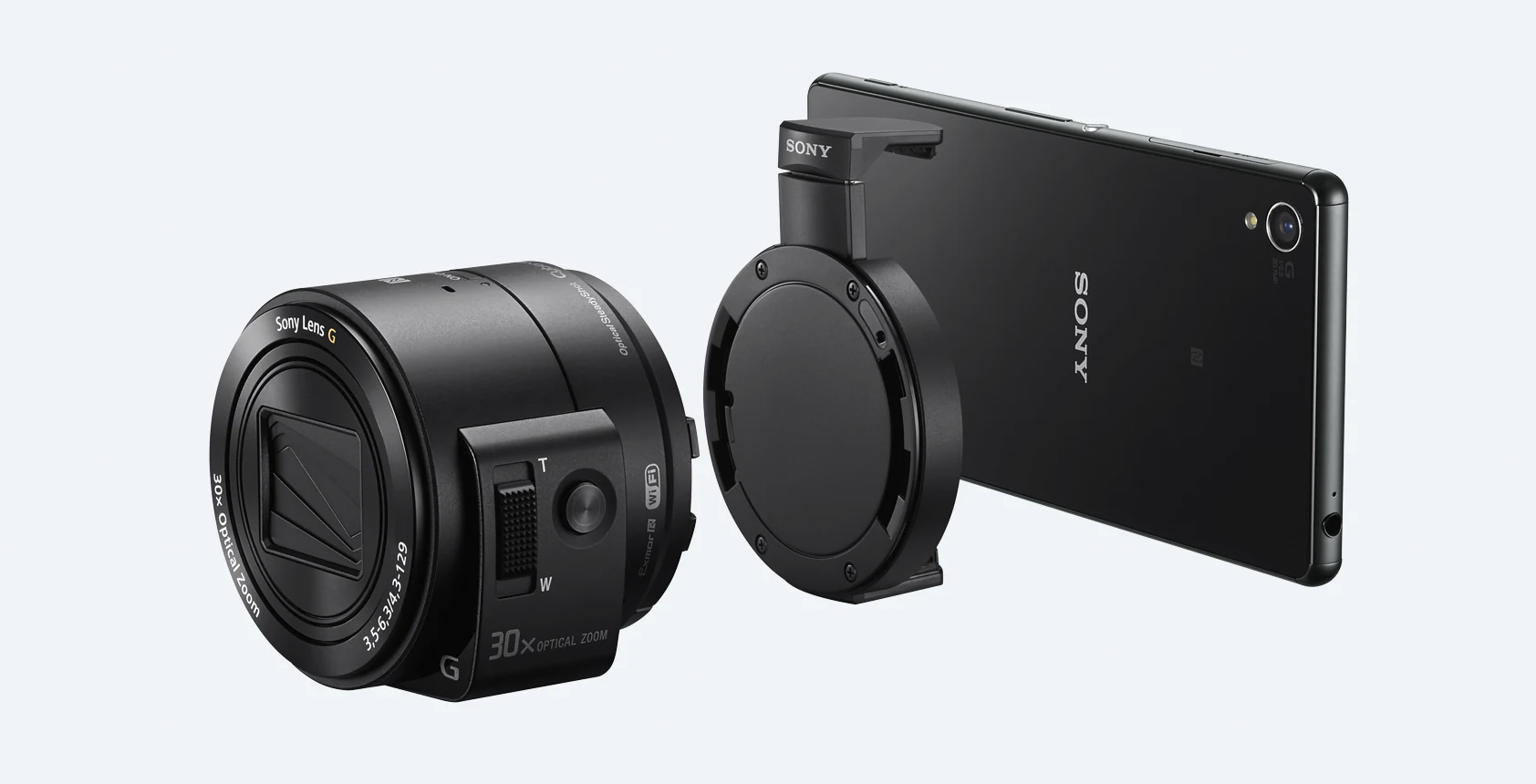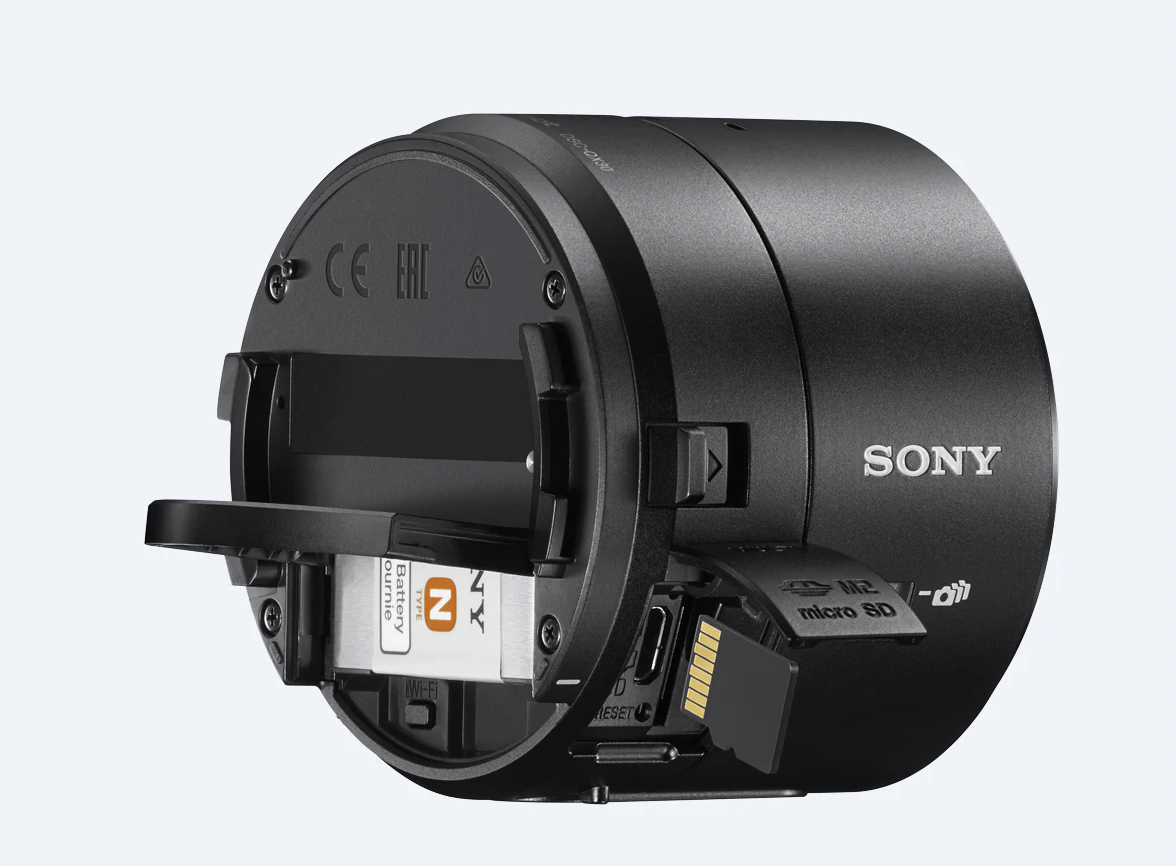As smartphone photography skills improve, the photography market is declining. Many people no longer see the benefit in compact cameras, but then there are DSLRs and mirrorless cameras, which still have their advantages. But even for them, a possible killer was growing before Xiaomi put it on hold. But would pairing an iPhone with a professional lens make sense to you?
Xiaomi showed its concept on the Chinese social network Weibo, when in practice it is a slightly modified Xiaomi 12S Ultra phone with a 1" sensor and its updated output so that a Leica M lens can be attached to it. After all, both companies collaborated on the solution, because Leica is with Xiaomi regarding the development of the rear cameras of the phones in close cooperation. You can see how it all works in the video below.
Would this be a revolution?
The idea is not new, and various accessory manufacturers have been trying to find a solution practically since the iPhone 4. The most famous was the company Olloclip, now the leader is rather the company Moment, although in both and practically all other cases, these are covers. However, DSLR lenses allow manual control, where you just put the covers on the phone and you cannot determine their properties or capabilities in any way.
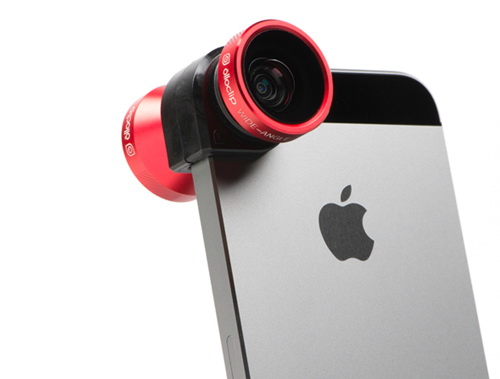
But they had their advantage. They offered more options in a small body. In the case of Xiaomi and its prototype, which probably died precisely because of the high price (the Leica lens alone costs about 150 CZK), however, it is a completely different league. It combines the compact world of smartphones with the large and professional world of photography. And in that regard, this makes no sense at all.
It could be interest you
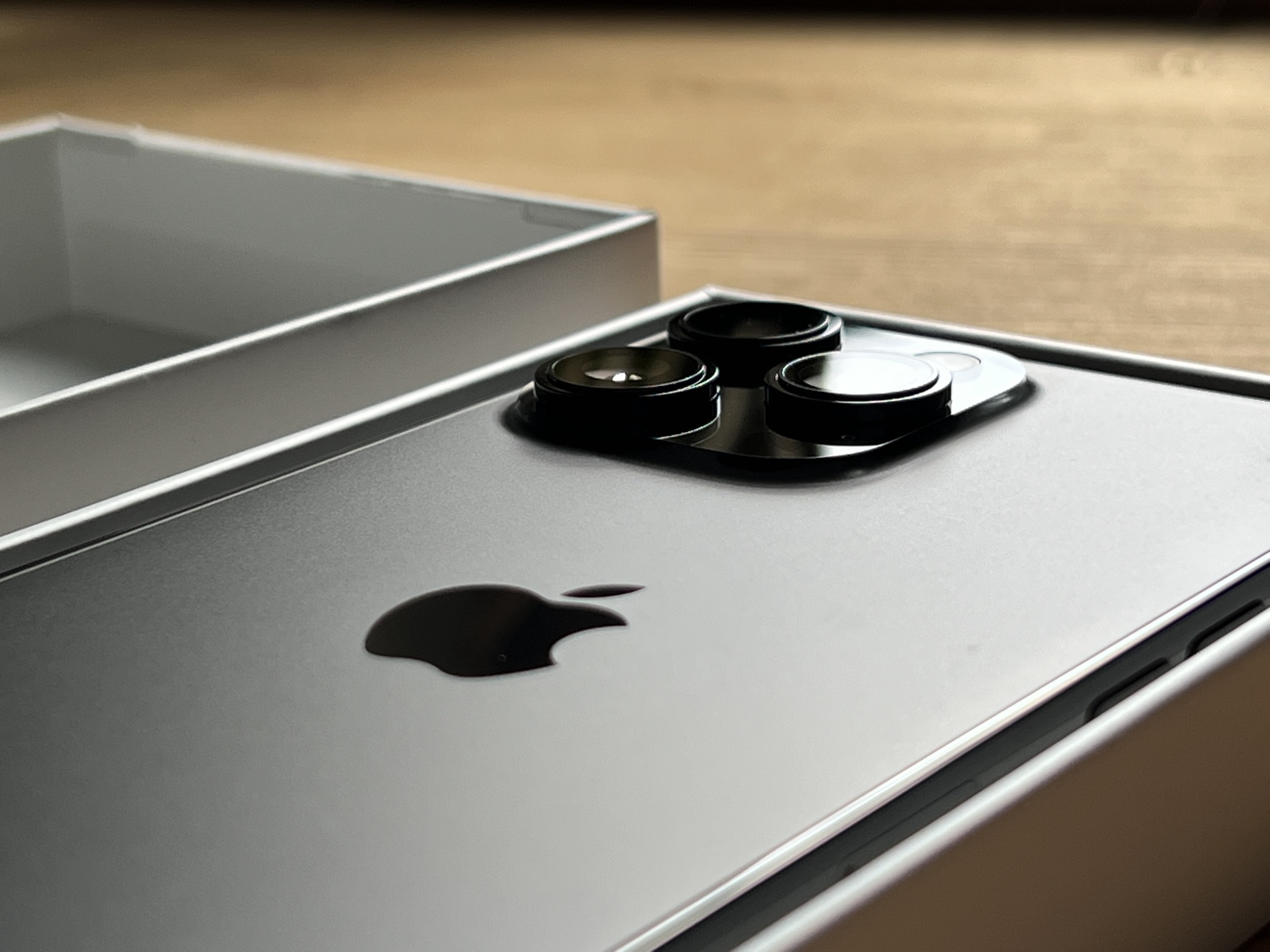
Mobile photography gained its popularity precisely because you had a camera immediately at hand, wherever you were and whatever you were doing. Currently, it is not the slightest problem with the iPhone to take a picture of a magazine cover, shoot an advertisement, a music video or even a full-length film. With this solution, you would still have to attach a large lens to the smart plate, which begs the question of whether it is better to carry the entire equipment with you, i.e. the camera body, which will do more and better work than a smartphone.
Another solution
Historically, we have already seen a solution, when Sony in particular went the way of additional lenses for mobile phones. They connected to it using Bluetooth or NFC and had their own optics, so they obtained significantly better results than the phone itself. But do you know about them at all? Of course, it didn't turn out to be a mass market, because it was still a not exactly cheap (approx. CZK 10) and large solution that was attached to the phone with the help of jaws.
Apple would have an advantage in this with its MagSafe technology, but would we really want something like that? Maybe not directly from Apple, but some accessory manufacturer could come up with something similar. But since this would also be an expensive solution with uncertain sales success, it goes without saying that we have not yet experienced and probably will not experience anything similar. The world of mobile photography does not need to increase, but rather to decrease while maintaining the current quality.
 Adam Kos
Adam Kos 